
So our students builds. We build all the time. Sometimes it's rough and messy and makes no sense because its a wild casting about for ideas - a sketching in 3d kind of thing. More often than not its directed at solving a problem for real people, and practical. This is an example of the latter kind of effort.
There are both pros and cons to an education based in carrying out real projects. One of the downsides is that spending so much time working out how to build at 1:1 leaves little time to also get enough practice with learning to design the large and clear gestures that architects normally become famous for. it doesn't mean that deep design lessons are not being taught though. One of the big ones in my mind is learning that the limits of construction are the ones we make by ourselves and not what the manufacturers set out in their catalogs. We don't talk about it much in school, but once we graduate and start working in an office it quickly becomes important - its a reality we all need to deal with eventually. Getting around the issue is a perfect source of creativity though.
That is something worth thinking about. I am halfway convinced the next phase of architecture will owe more to working out new ways to build and to act (or play) than to aesthetic theories. That's a big upside to building while still a student.
The house shown below was designed and built mostly by students in the lab of Hiroto Kobayashi in Charikot, Nepal.
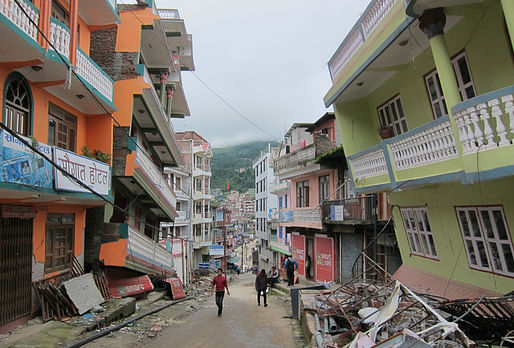
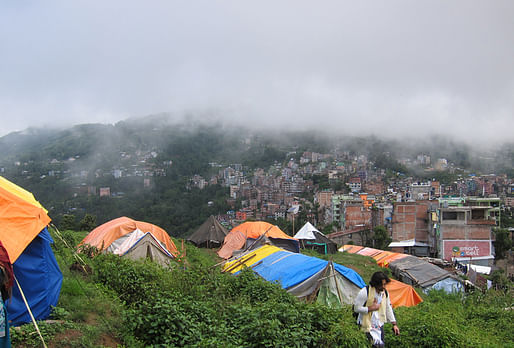
The site is very close to the epicentre of the earthquake that struck the country last year and many lost their homes as a result. Traumatized by their experience many survivors do not want to live in the traditional stone homes that they built for themselves. Many fell apart in the earthquake and are terrifying to be in when there is an aftershock, even if the construction is sound. Fear has added to the number of people living in tents. Its hard to know when a stone building is built well enough to withstand an earthquake, so the best choice is to err on the side of caution and stay outside. People are living in tents in front of their stone homes, even when they are still standing. Understanding this our students felt there was both need and desire for an alternative construction method that did not take years of effort to master. Early versions of their work mixed wood and stone, but in this particular case we could not get an introduction to stone masons because the community was afraid we might try to work with them to build with stone, and they did not approve of the idea. This is not such an uncommon response after a disaster. It does not last because of need and reality (stone is cheaper than wood and in the mountains stone is literally laying all around). But it does pull back the curtain a bit on how people value tradition. Quite a few social norms are being set aside for the sake of reconstruction.
By way of background on the project, Hiroto Kobayashi's lab is recently spending a lot of time making refined versions of the Wiki house, reducing the thickness of walls and structure to a minimum and removing the need for hardware to hold the structure together. We have an awesome engineer helping to make sure this can all happen even in earthquake country. The prime tool for the work is the CNC machine, lately ubiquitous in much of the world... but still not available in the mountains of Nepal.
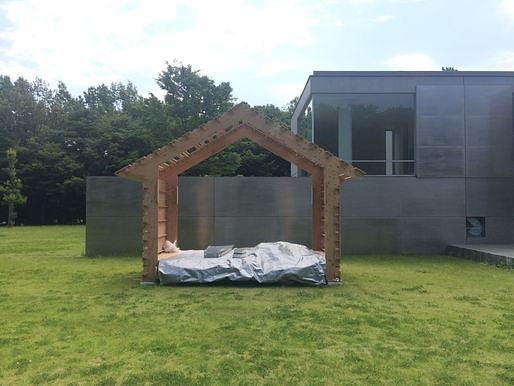
Lacking a CNC machine in Charikot the students reverted to an older version of construction they developed after the tsunami hit northern Japan 5 years ago. Sheets were instead cut by hand in an amazing plywood factory in the area. Its really more like hand fabricated plywood than a factory product, but the quality of the sheets is very good, and the wood is harvested (sustainably apparently) from the mountains nearby. With this huge shed as their work-space the entire process of making plywood was laid out in front of the students while they turned the product into pieces that could be assembled into a home.
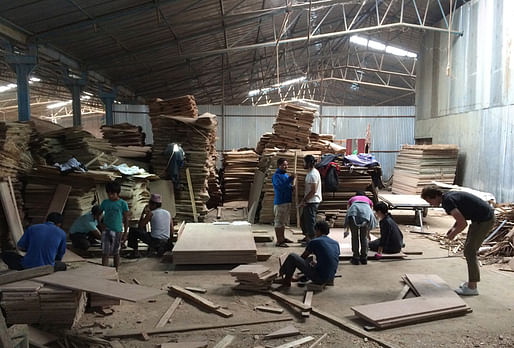
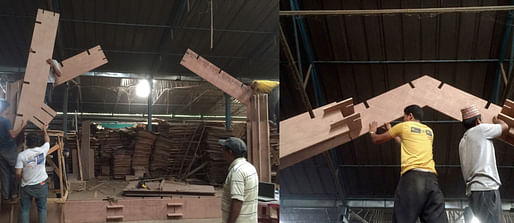
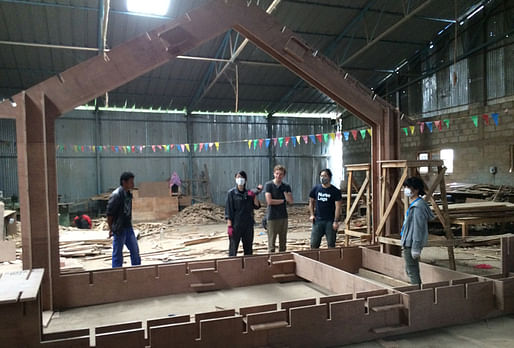
The actual cutting and assembly went relatively smoothly. Our students are very good at managing projects by now and the lab is set up so that senior students have more responsibility and show the newer students how to do the work as they carry it out. After cutting the pieces the system was tested by building the entire home inside the factory space, and then disassembling it and rebuilding it on the permanent site nearby.
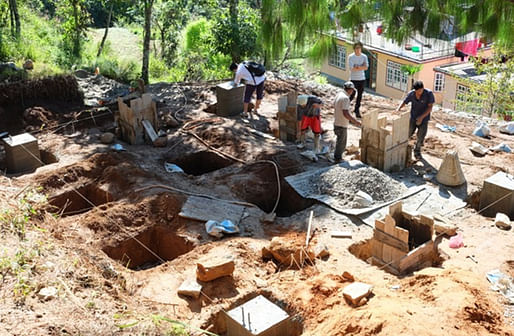
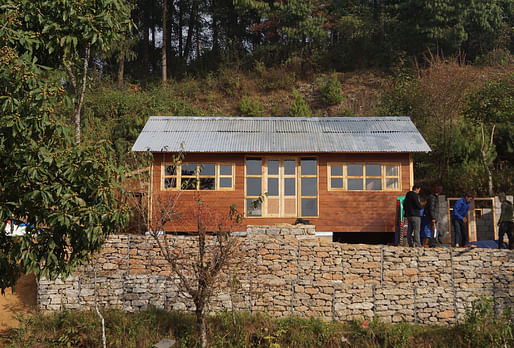
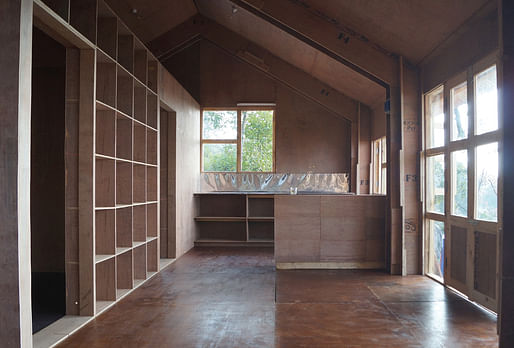
Currently students are working on a project in Kathmandu that will use CNC routed parts and it looks like it will be cool when its finished. More to come as the project progresses.
If interested in the work, check out the Veneer House Project facebook page. Lots more images and details, as well as previous projects from the lab. Cool stuff.
keio university's architecture program is probably the best kept secret in the country. Hidden away on a campus an hour from tokyo the curriculum is wide open and connected to a campus-wide project aimed at community-driven innovation. students of economics can take courses in architecture and vice versa but we all are expected to take part in real projects somewhere in the world. there are a few starchitects on the faculty but mostly we are hoping to make a difference.
3 Comments
Wow great! Good job guys!
I agree! Great job!
This is very inspiring. Keep up the great work guys!
Block this user
Are you sure you want to block this user and hide all related comments throughout the site?
Archinect
This is your first comment on Archinect. Your comment will be visible once approved.